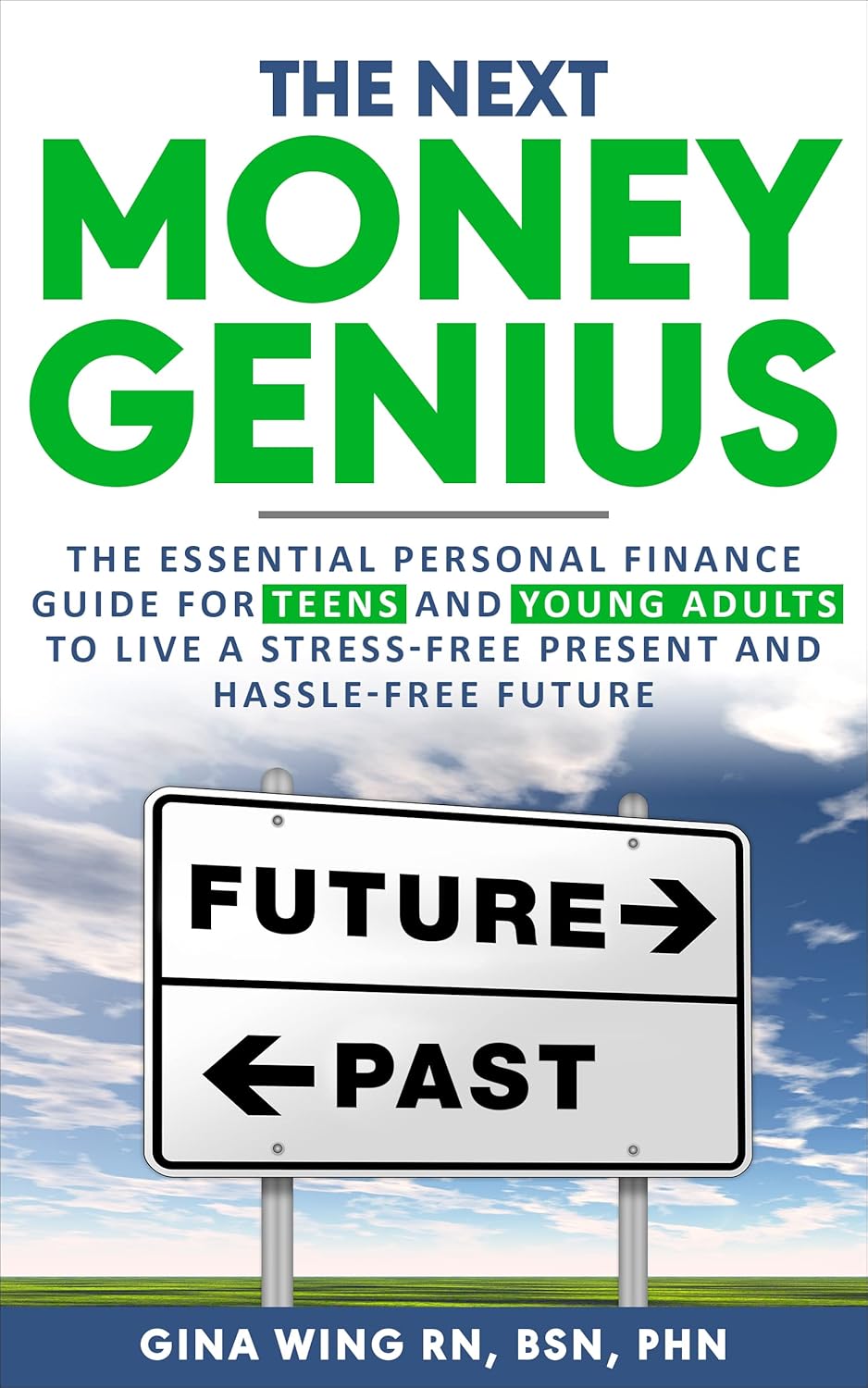I recently finished reading The Next Money Genius, and I have to say, it was an eye-opening experience. As someone who has always aimed to develop a strong grasp on personal finance, I was particularly keen to dive into a book specifically tailored for teens and young adults. The idea behind this book resonated with me, as I believe that financial literacy is something that should be taught from an early age. I wanted to see if this guide could serve as a practical tool for young readers embarking on their financial journey.
What I appreciated most about The Next Money Genius was its fresh, relatable tone. The author draws on personal experience to share practical advice about staying out of debt, budgeting, and investing. This firsthand perspective is highlighted in the book’s introduction, where it boldly states: “What better way to get REAL information that actually works than from someone who has personally DONE THE WORK!” This real-life approach made the content more engaging and trustable, especially for younger readers navigating the often-overwhelming world of personal finance.
Many reviewers echo this sentiment. Jerry, who gifted the book to a recent college grad, praised its clear and practical nature, noting how accessible it is to anyone unfamiliar with financial planning. Similarly, Jane Greenfield, who rated it 4 out of 5 stars, found it empowering and appreciated how it tackled both short-term and long-term financial goals without talking down to its audience.
Another significant positive feature of this book is how it simplifies complex financial concepts. The author explains budgeting and avoiding debt in straightforward language, making them digestible for even those unfamiliar with the subject. This aligns well with the opinions of readers like Edimilson Valente, who recognized the book’s value for beginners and praised its ability to break down topics into manageable chunks.
However, no book is without its drawbacks. One reviewer noted that while the advice is top-notch, some real-life examples could stand to be a bit more current. I found myself curious about contemporary scenarios or costs that may have changed but acknowledged that this doesn’t detract from the overall value of the lessons and advice shared. Another minor drawback is the speed at which various topics are covered; I sometimes felt that certain concepts could have been expanded upon for even greater clarity.
Nonetheless, I cannot ignore how the book helps instill a sense of confidence in young adults as they learn to take control of their financial futures. The concepts of compound interest and retirement planning, while seemingly distant for a younger audience, are broken down in such a relatable manner that they feel genuinely achievable.
As the publication suggests, it’s never too late—or too early—to start planning for financial stability. The balance between practical tips and motivational insight resonates throughout the book, and I can see why many readers consider it a must-have during those pivotal moments of transitioning into adulthood.
In conclusion, The Next Money Genius is an incredibly useful resource for anyone looking to build a solid financial foundation. While there are minor areas that could be improved, the book ultimately serves its purpose well — equipping readers with essential skills for budgeting, saving, investing, and planning for the future. I wholeheartedly recommend this book, not only to teens but also to anyone starting their financial journey. It meets expectations set by both its engaging tone and practical guidance, making it a worthy addition to any young adult’s library.








